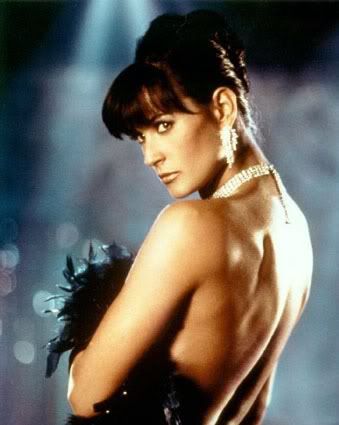
Grand Canyon Skywalk Opens To Few Special Visitors
Chris Kahn, The Associated Press
Walking gingerly across the translucent surface, visitors hear the glass layers creak. Far below, directly underfoot, they see the Colorado River as a pea-green ribbon.
"It felt wonderful; not exactly like floating on air," said former astronaut Buzz Aldrin, who once traipsed the surface of the moon and on Tuesday became one of the first to stroll onto the Grand Canyon Skywalk, a massive glass-bottom observation deck perched 4,000 feet above the canyon's floor.
The Hualapai Indian tribe invited Aldrin, fellow former astronaut John Herrington, and others to the unveiling of the horseshoe-shaped deck Tuesday in advance of a public opening planned for March 28.
Tour packages with deck access will range in price from $49.95 to $199. The deck, which juts 70 feet beyond the canyon's edge, will accommodate up to 120 guests at a time and offer a bone-chilling vantage point more than twice as high as the world's tallest buildings.
Architect Mark Johnson said the Skywalk can support the weight of a few hundred people and will withstand wind up to 100 mph. The observation deck has a 3-inch-thick glass bottom and has been equipped with shock absorbers to keep it from bouncing like a diving board as people walk on it.
The Hualapai (pronounced WALL-uh-pie) allowed Las Vegas developer David Jin to build the Skywalk, which took two years to construct. Jin fronted the money to build the $30 million structure and will give it to the Hualapai in exchange for a cut of the profits, the tribe said.
"The terms are confidential, but David will profit for the next 25 years from the Skywalk," said Steve Beattie, chief financial officer of the Grand Canyon Resort Corp., which oversees the tribe's tourist businesses.
The tribe expects Skywalk to become the centerpiece of a budding tourism industry that includes helicopter tours, river rafting, a cowboy town and a museum of Indian replica homes.
The tribe hopes tourism will end years of severe poverty endured by many Hualapai.
"To me, I believe this is going to help us. We don't get any help from the outside, so, why not?" said Dallas Quasula Sr., 74, a tribal elder. "This is going to be our bread and butter."
The Skywalk has sparked debate on and off the reservation. Many Hualapai worry about disturbing nearby burial sites, and environmentalists have blamed the tribe for transforming the majestic canyon into a tourist trap.
Tribal elder Dolores Honga, 71, said she remembers riding horses in the area when it was a remote patch of grassland. Her grandparents once herded cattle here.
"I still don't agree with what's going on here," she said. "There's so many memories here. This was my playground."












![Brotherhood" (2006) [TV-Series]](http://photos1.blogger.com/x/blogger2/1421/379621144723082/211/z/425926/gse_multipart33129.jpg)







No comments:
Post a Comment